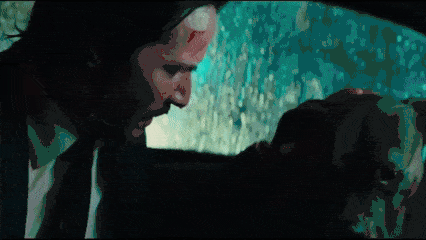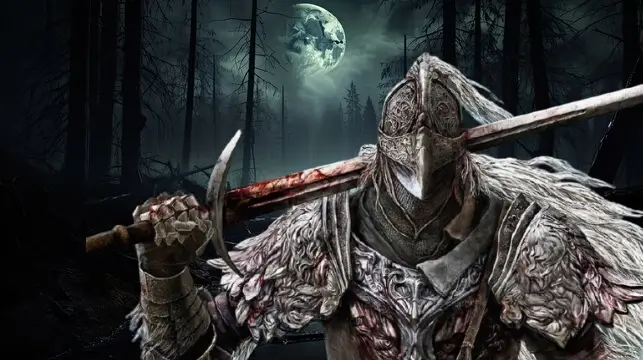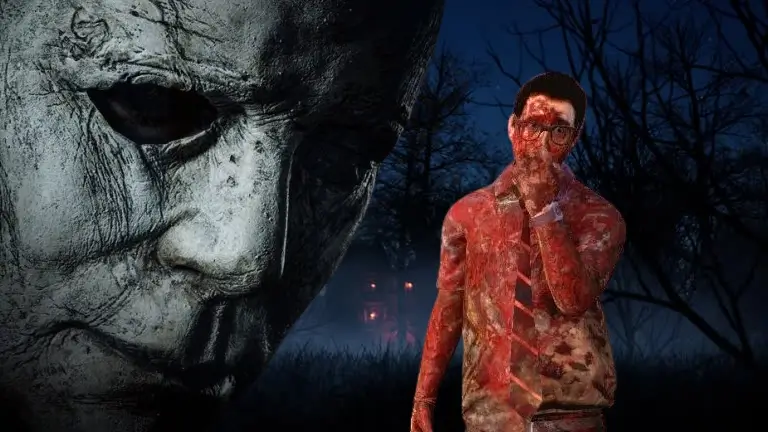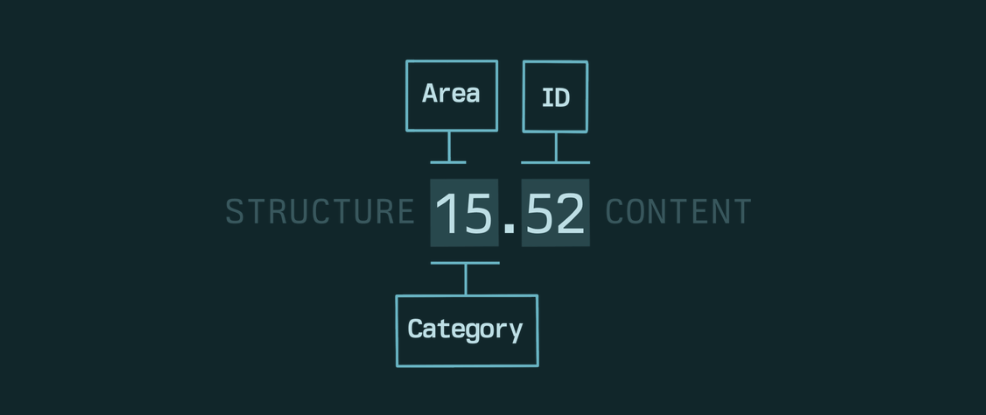How YouTube Nature Videos Became Our Modern Escape
Research shows that exposure to nature reduces stress, improves focus, and lowers anxiety.
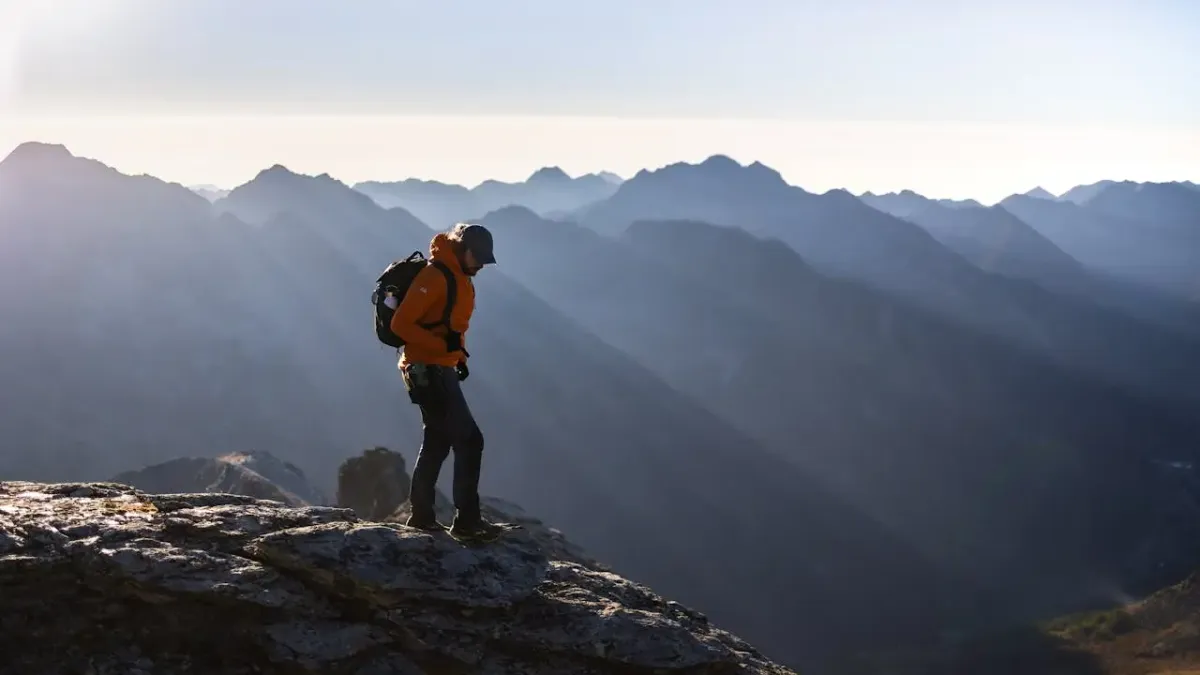
We spent a week living inside YouTube’s forests, oceans, and mountain ranges without ever leaving our apartments. It wasn’t just relaxation we found it was an ecosystem of escapism, economics, and attention.
For millions of people worldwide, nature videos have become a refuge. Urban apartments, long work hours, and relentless notifications leave little room for actual walks in the woods. Enter creators recording waterfalls, bird songs, and mossy forest floors in 4K and spatial audio. Viewers click, not just for aesthetics, but for survival mental survival.
Escaping the Concrete Jungle
“I watch a rainforest waterfall video every night before bed,” says Maria, a 28-year-old customer service worker in São Paulo. “It’s the only time I feel calm.” Maria’s story is far from unique. Across Reddit threads and YouTube comment sections, users describe these videos as lifelines micro-vacations for people stuck in concrete jungles.
Studies back up the anecdotal evidence. Research shows that exposure to nature reduces stress, improves focus, and lowers anxiety. But what happens when nature is entirely virtual? Are these digital retreats just placebo, or do they have measurable benefits? Early research suggests real effects: even screen-based nature experiences can lower heart rate and cortisol levels.
The Creators and the Platform
The ecosystem is more complex than serenity might suggest. Creators monetize these moments of digital peace. With ad revenue, sponsorships, and occasionally Patreon support, these “escapist filmmakers” turn calm into cash. YouTube, in turn, profits from users’ desire to disconnect curating algorithms that encourage endless viewing. Escapism has become a commodity.
But there’s a tension here: platforms profit, yet viewers get real emotional relief. The system thrives on attention, yet delivers genuine calm. It’s a paradox: our mental health becomes a product, and our moments of respite fuel the very engines we escape from.
The Dark Side of Escapism
Not every digital retreat is wholesome. Some viewers report spending hours trapped in screens, avoiding responsibilities, and substituting virtual forests for actual human connection. “It’s relaxing at first,” says Aaron, a freelance designer in Berlin, “but sometimes I feel like I’m hiding from life rather than enjoying it.”
This tension mirrors the broader digital dilemma: platforms that promise relief can also deepen dependency. Escapism, when overused, risks becoming avoidance. Yet for many, it remains a lifeline in the absence of accessible real-world nature.
Why It Matters
Watching nature videos is not just a personal habit it’s a reflection of our times. Crowded cities, environmental anxiety, and overconnected lifestyles have created demand for digital wilderness. Platforms like YouTube are the new national parks: free to enter, curated, and endlessly scrollable.
The question is not whether digital nature is good or bad it’s how it shapes us. Will it become a tool for mental wellness, a new form of education, or just another screen-based addiction? The answer depends on creators, platforms, and users collectively deciding how we want to experience escapism in a digital age.
Conclusion
In the quiet rustle of pixelated leaves and synthetic waterfalls, there’s a profound human truth: we need escape. YouTube has become a frontier of that escape—a modern wilderness where viewers find calm, creators find purpose, and platforms find profit. The challenge is to navigate this landscape with awareness, so the retreat remains restorative and not a trap.

